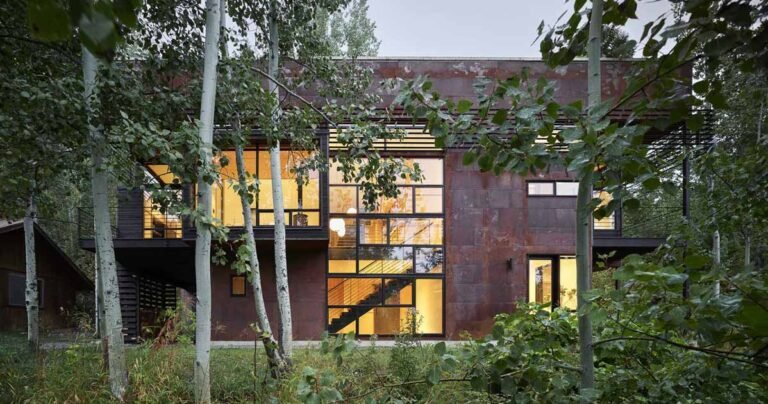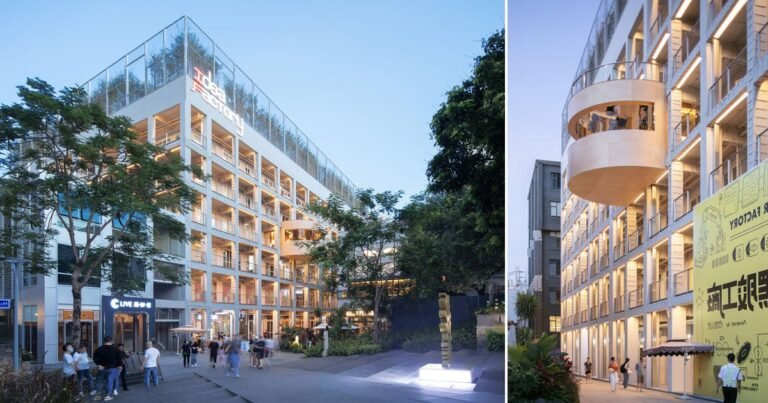Here are 14 historic preservation stories that defined 2022
Like in years past, many preservation news stories from 2022 came with a side of whiplash. Buildings thought safe from the wrecking ball by day are demolished overnight. Hard-fought campaigns to save vulnerable properties prevail against all odds. A developer says he’ll protect a historic feature, then proceeds with a thoughtless renovation.
It was a year in which high-profile national organizations funded the protection of underrepresented histories, particularly Black and LGBTQ+ histories, and celebrated important victories like the preservation and redevelopment of the Helmut Jahn–designed Thompson Center in Chicago and Marcel Breuer’s Central Library in Atlanta. Amid these highs, there were plenty of lows, including the demolition of Oklahoma City’s egg-shaped church, and some mids, like the controversial redevelopment of Paul Rudolph’s Government Center in Boston.
With that in mind, take a look below at the 14 preservation stories that defined 2022. (As for those not listed below, there are countless other preservation-related stories published over the past 12 months worth revisiting.)
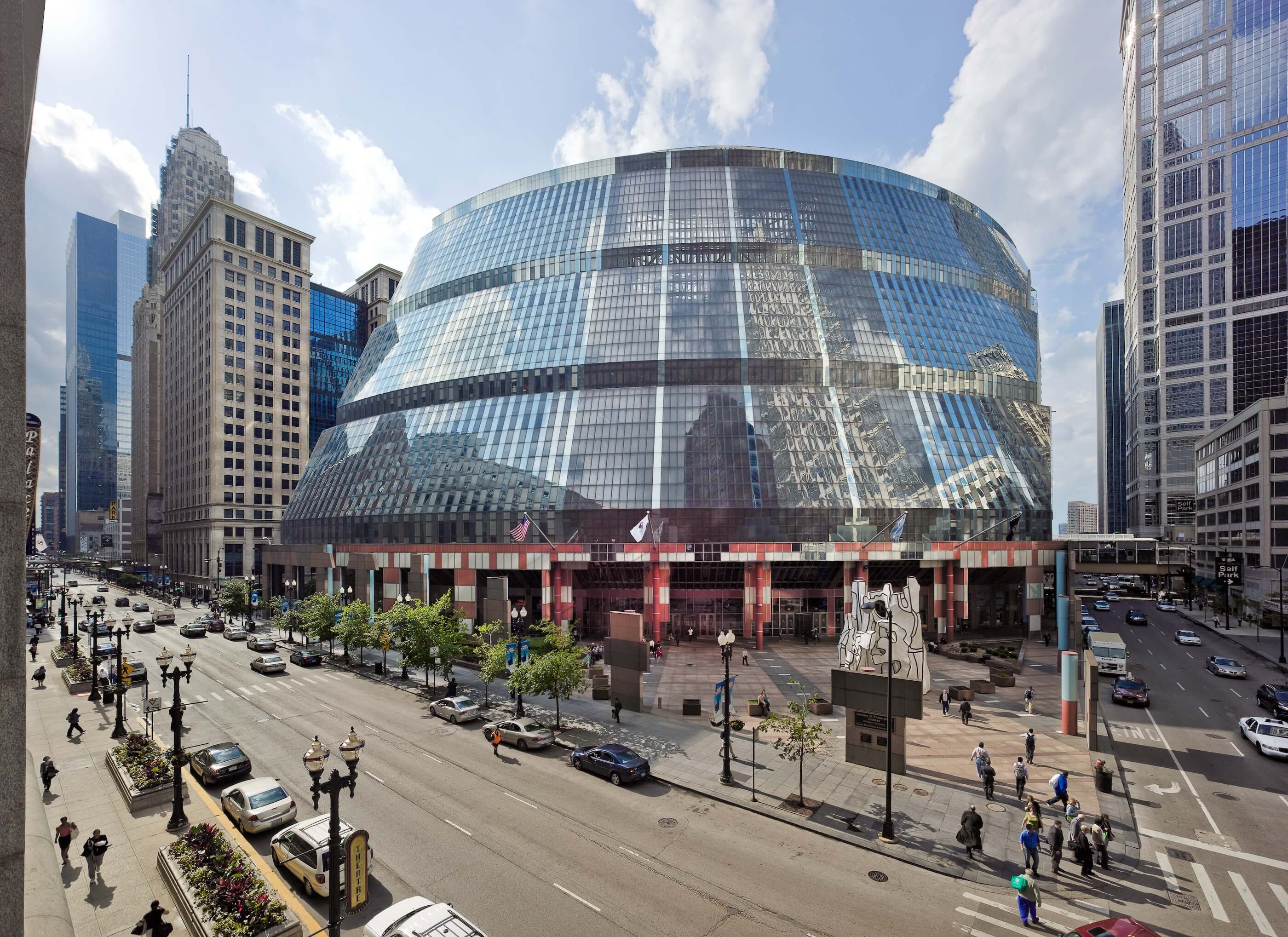
Google will be the future tenant at Chicago’s quirky Thompson Center
In July, Google revealed itself as the future tenant of the iconic, Helmut Jahn–designed office building in the heart of Chicago’s Loop. The announcement came nearly a month after rumors swirled that Google was in talks to acquire the much-loved postmodernist landmark at 100 West Randolph Street, which was completed in 1985 as a secondary capitol complex for the State of Illinois and stands as the world’s most eccentric building with a Sbarro in its basement.
The Thompson Center has long been deemed as imperiled and at potential risk of demolition due to the state’s years-long, on-and-off-again efforts to offload the building, which, despite its myriad funky charms, is notoriously inefficient and in dire of need of upgrades. When the spaceship-like civic office block was (once again) put up for sale last year, preservationists feared for the worst.
Jahn, the Chicago-based international architecture firm established by German-born Jahn in 1981 as Murphy/Jahn, will serve as architect for the redevelopment project.
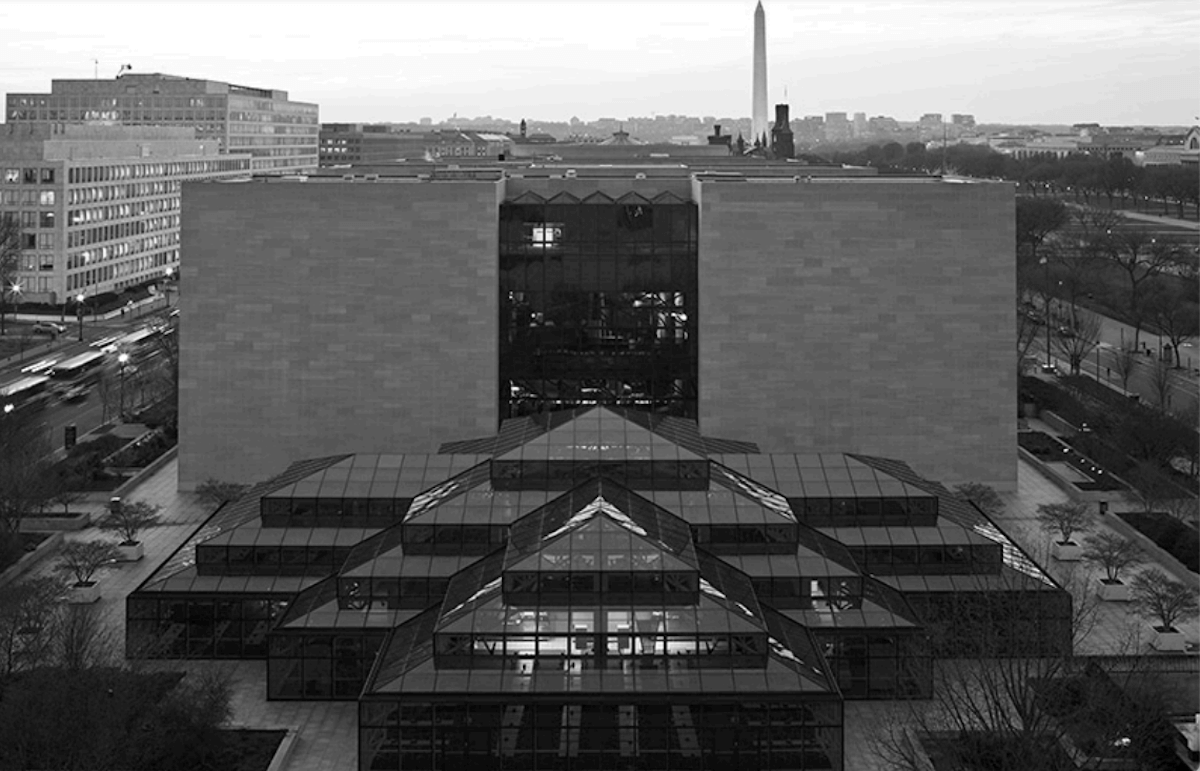
Gyo Obata’s restaurant pavilion on the National Mall to be demolished to make way for $130 million Bezos Learning Center
In April, The Smithsonian Institution revealed it was tearing down one of two buildings designed for the National Mall by the late architect Gyo Obata—who passed away this year at age 99—to make way for a new educational facility called the Bezos Learning Center. The pyramid-shaped restaurant pavilion opened in 1988 and was designed largely to serve school groups and others attending the museum, one of the most visited in the United States, but it has been closed since 2017 and is not protected by any sort of landmark designation. Obata and his firm, Hellmuth, Obata + Kassabaum (HOK), designed both the pavilion and the museum. In September, The Smithsonian unveiled five proposed designs for the Bezos Learning Center, a three-story, 50,000-square-foot facility that will offer science, arts, and technology programming and activities to visitors.
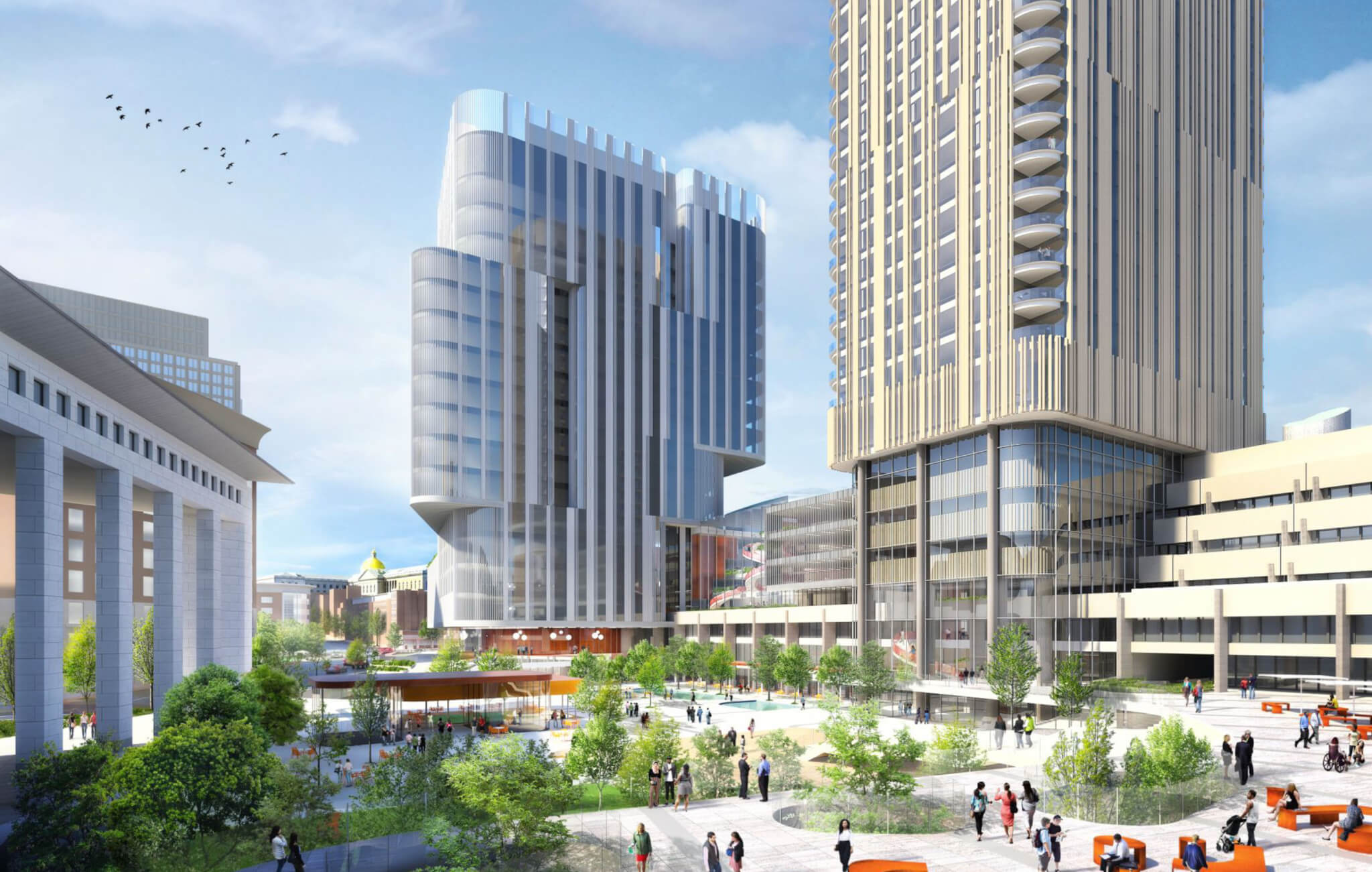
The transformation of Paul Rudolph’s Government Center in Boston
In August, the Commonwealth of Massachusetts announced a long-time-coming transformation of Boston’s Brutalist Government Center—the Charles F. Hurley Building. The hulking Paul Rudolph–designed concrete structure was listed for sale in 2019, with Massachusetts Governor Charlie Baker calling for the building and surrounding five-acre site to be redeveloped rather than reused. Well, Baker got his wish with a new development scheme that reenvisions the building and its surroundings as a mixed-use development.
Renderings of the new project by global architecture firm NBBJ show the Hurley Building acting as a base for two new cylindrical towers, which will provide space for a new life sciences building, offices, retail, 200 housing units, and substantial park space. But these early renderings of the Hurley Building’s transformation in Boston invite questions about legacy, transparency, and public process.
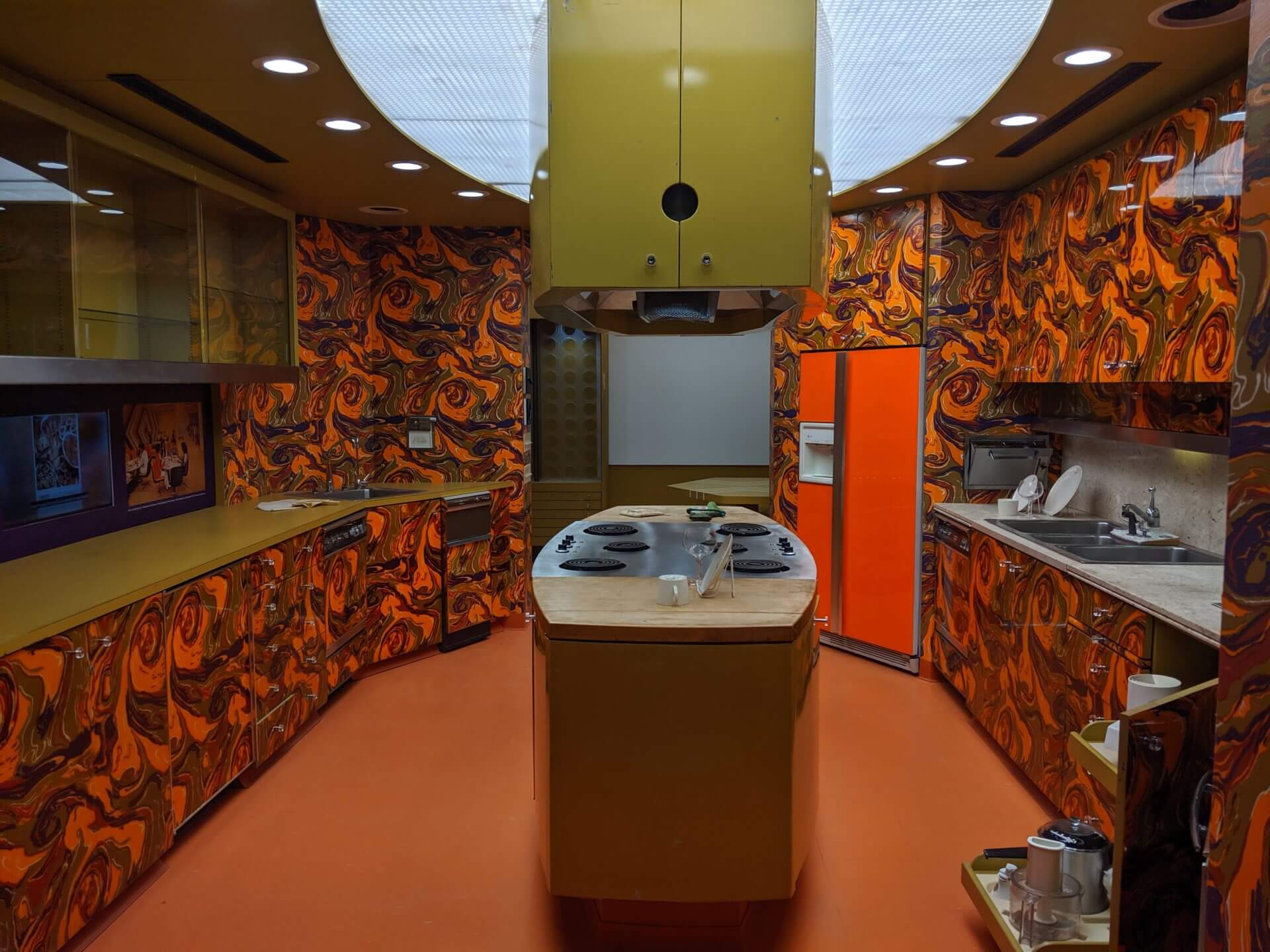
Two New York museums revived a pioneering test kitchen that put African American cuisine on the culinary map
In 1971, the Johnson Publishing Company installed a test kitchen for Ebony magazine at the firm’s Chicago headquarters. Used by editors to test recipes for the publication’s “A Date with a Dish” column, the kitchen elevated African American food to the national culinary conversation. Bonus: It was located in an equally groundbreaking office tower—the first in Chicago to be designed by an African American architect, John Warren Moutoussamy.
The kitchen was in use until 2010, when Johnson Publishing shut it down and sold the building, but the Museum of Food and Drink (MOFAD) and The Africa Center in Harlem revived its design for the exhibition African/American: Making the Nation’s Table. As rebuilt, the kitchen is a psychedelic wonder that exudes Black style, with Afrocentric prints, leather, and ostrich feathers.
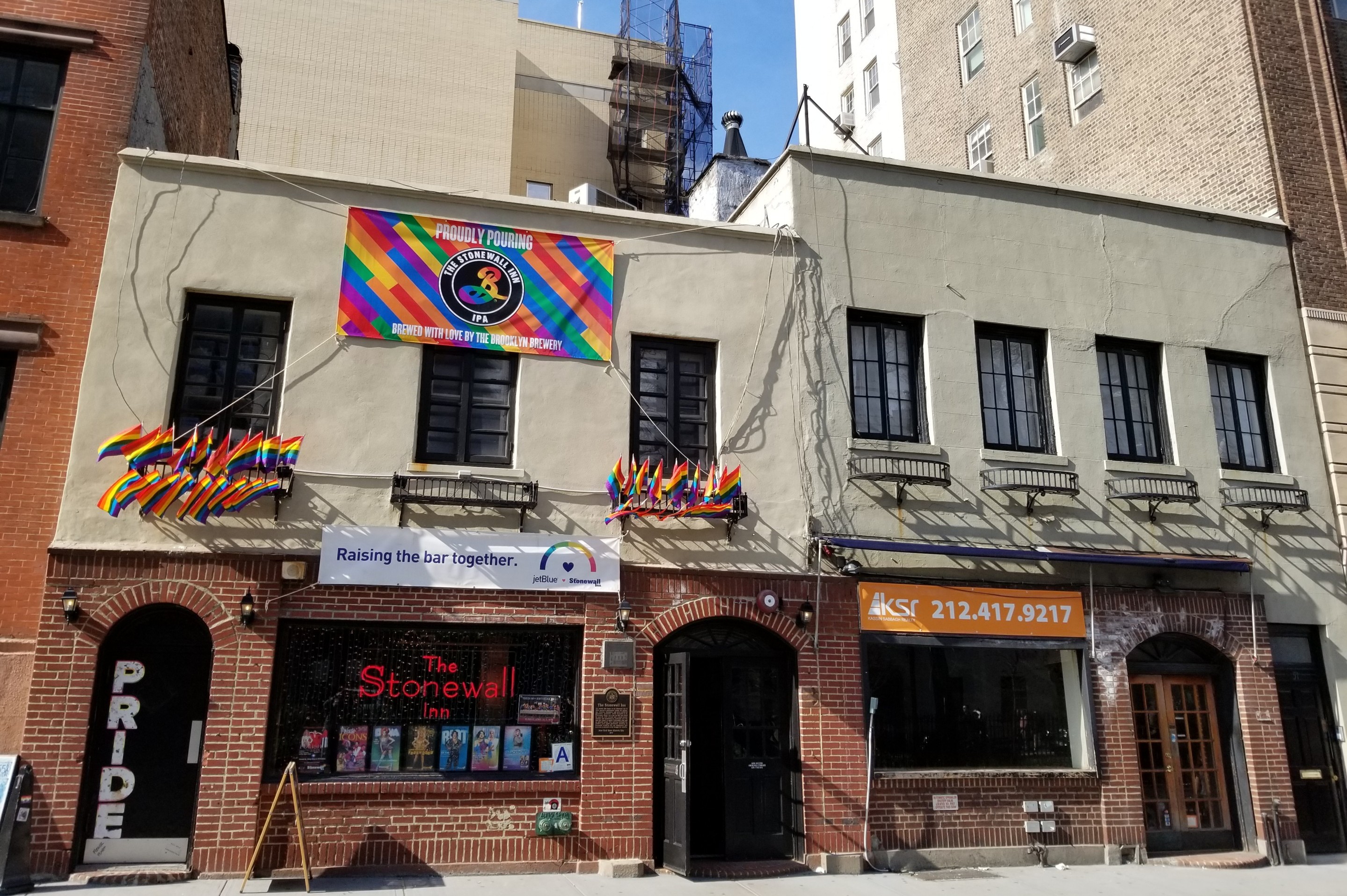
Groundbreaking of a new visitor center at Stonewall National Monument kicked off NYC Pride
A storied Greenwich Village dive bar will soon have its own visitor center. The tavern, best known for its cheap drinks, upstairs drag shows, and status as arguably the most famous single landmark in American LGBTQ+ history, anchors the Stonewall National Monument, which is a unit of the National Park Service.
The roughly 3,700-square-foot facility—to be located at 51 Christopher Street—will be the first-ever visitor center within the national park system exclusively focused on LGBTQ+ history.
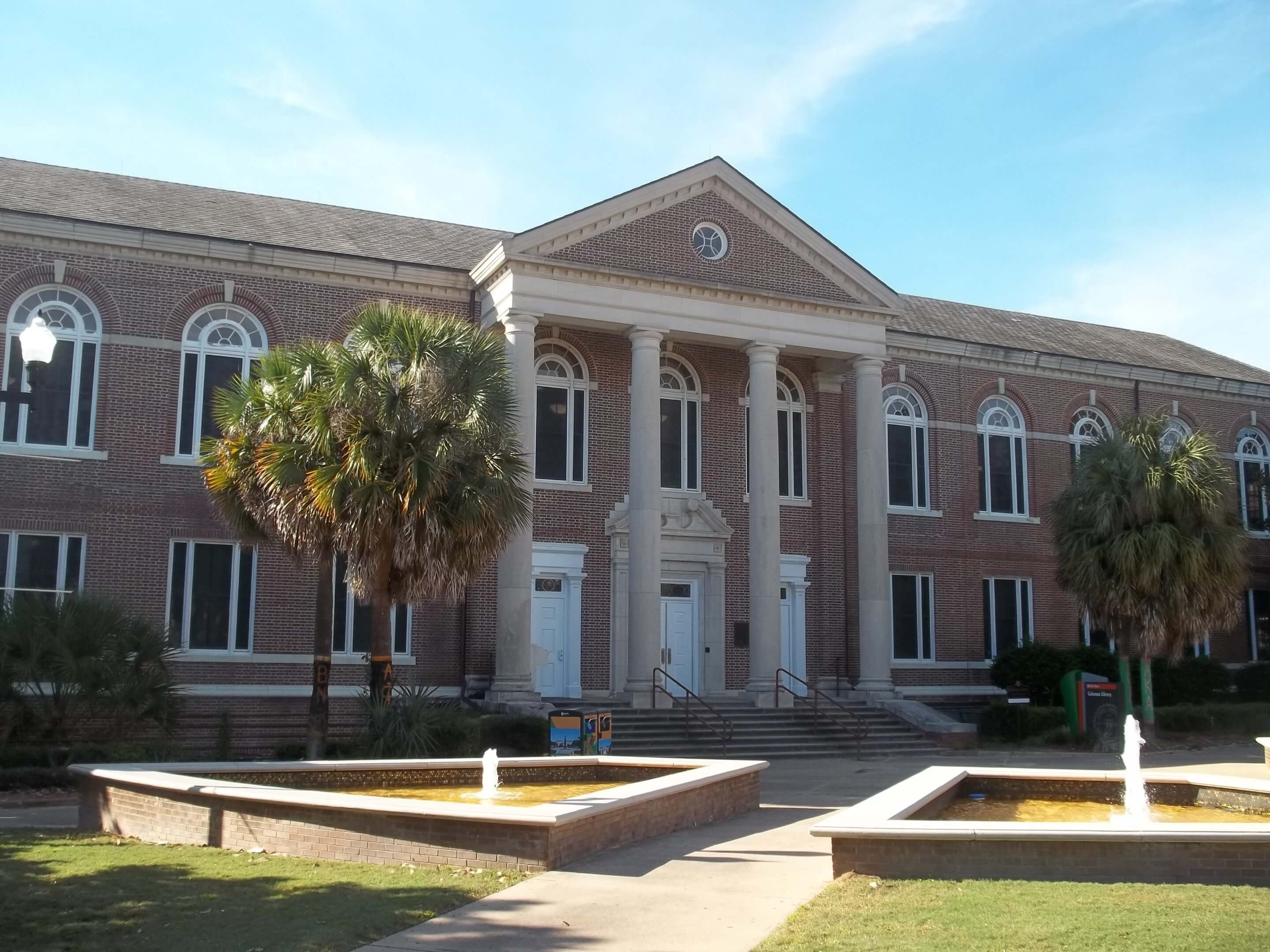
The National Trust announced five grantees of its HBCU Cultural Heritage Stewardship Initiative
In February National Trust for Historic Preservation announced that five historically Black colleges and universities (HBCUs) had received $650,000 in grant funds as part of its $3.2 million HBCU Cultural Heritage Stewardship Initiative. The program is part of the National Trust’s larger African American Cultural Heritage Action Fund launched in 2020 in partnership with the Andrew W. Mellon Foundation, the National Endowment for Humanities, and others. A National Trust press release at the time of the announcement explained that the grants are meant to “empower HBCUs with resources to protect, preserve and leverage their historic campuses, buildings, and landscapes, ensuring these symbols of African American excellence and American achievement are preserved to inspire and educate future generations.”
The remodel of Marcel Breuer’s Atlanta Central Library demonstrated the fault lines of preservation causes
In March, AN published a review of Cooper Carry’s renovation of Atlanta’s Central Library, pictured at top of the article, that examined our evolving understanding of the Marcel Breuer–designed building and evaluated Cooper Carry’s recent intervention.

Louis Kahn’s complex at IIM Ahmedabad faces threats of demolition, reconstruction, and renovation again
On November 3, the Indian Institute of Management Ahmedabad (IIMA) revealed its plan to cease restoration of brick masonry buildings designed by Louis Kahn and Indian architects B.V. Doshi and Anant Raje in 1974. Since the news dropped there has been a public outcry from the global architecture community about the enduring value of Kahn’s architecture and the potential for the buiding’s reuse.
A press release circulated by the IIMA stated it intends to initiate an RFP process to reconstruct “the faculty blocks, classroom complex, and the peripheral dorms 16 to 18 with the same exterior facade, a seismically safe structure, and non-major renovation of the internal space to improve its functionality to suit the needs of the users.” This comes after consultation with two groups of experts (including unnamed structural and earthquake engineers, restoration experts, and architects). It isn’t the fist time the complex has come under threat of demolition, in 2020 the school initially announced its plans to demolish the building.

A dead mall near Rochester, New York, is now affordable senior housing
While it’s tough to retrofit a dead mall, projects like Skyview Park Apartments in upstate New York demonstrate it’s not impossible. The affordable senior housing complex includes 157 units, with 84 apartments available to those aged 55-plus, as well as 78 units available for seniors in need of supportive social services. While the majority of the homes were part of a brand-new build, the architects carved 73 units into a vacant Sears department store at the erstwhile Irondequoit Mall, about five miles from downtown Rochester.
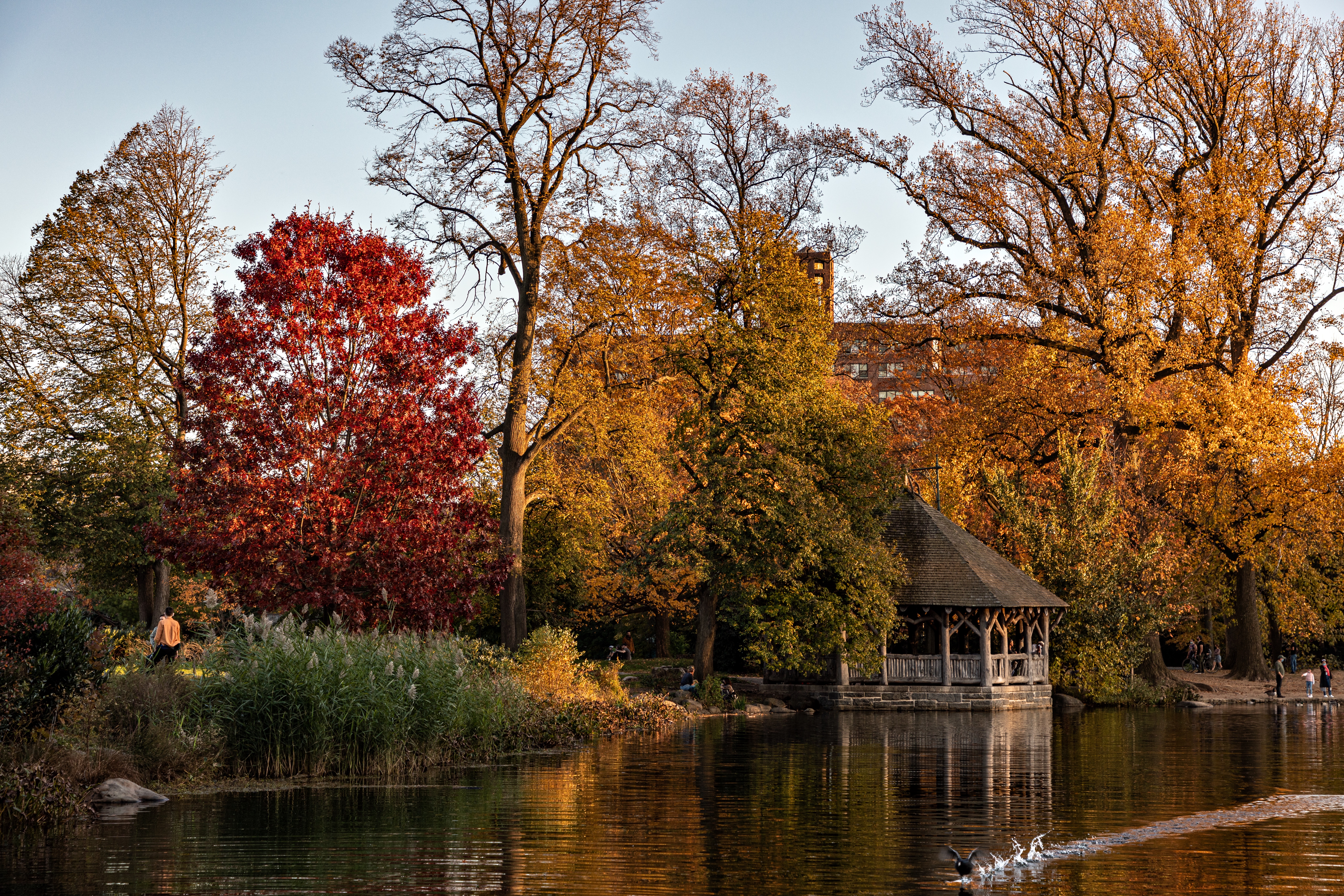
Celebrating Frederick Law Olmsted, Sr.’s 200th birthday
In honor of eminent landscape architect Frederick Law Olmsted’s milestone birthday, in April the Cultural Landscape Foundation (TCLF) released a very special edition of its What’s Out There digital landscape guide series. The advocacy group compiled guides to more than 300 landscapes—parks and parkways, academic campuses, cemeteries, gardens, subdivisions, private estates, and more—designed by Olmsted, Sr. and his successor firms that pulled from What’s Out There’s exhaustive database of landscapes.
Searchable by designation, landscape type, and style or by geographic location via map, each database entry includes a brief yet comprehensive description, media gallery, and other pertinent details that help to paint a complete picture of each respective site, whether they’re being explored in-person or from afar. TCLF’s guide joined celebratory publications from the ASLA and others.

Historic Sanders Cafe, birthplace of KFC, was liberally seasoned with midcentury nostalgia in a renovation
The Sanders Cafe, a National Register of Historic Places-listed eatery and museum situated on a busy stretch of U.S. Route 25 in southeastern Kentucky, emerged earlier this year from an extensive, preservation-focused exterior and interior refresh that first kicked off in 2019. The storied roadside restaurant reopened to great fanfare in late April, an unveiling date that came a bit later than anticipated due to the pandemic. (It’s drive-thru, however, remained open during the renovation process.)
The Sanders Cafe is, of course, the ancestral home of Kentucky Fried Chicken, the Bluegrass State–born fast-food behemoth that today ranks as the world’s second-largest restaurant chain. Located in the city of Corbin, this is very same spot where filling station operator and string tie enthusiast Colonel Harland Sanders (not that kind of colonel) first wooed motorists off the highway with his scrumptious pressure-fried chicken prepared with a (still) secret recipe of 11 herbs and spices.
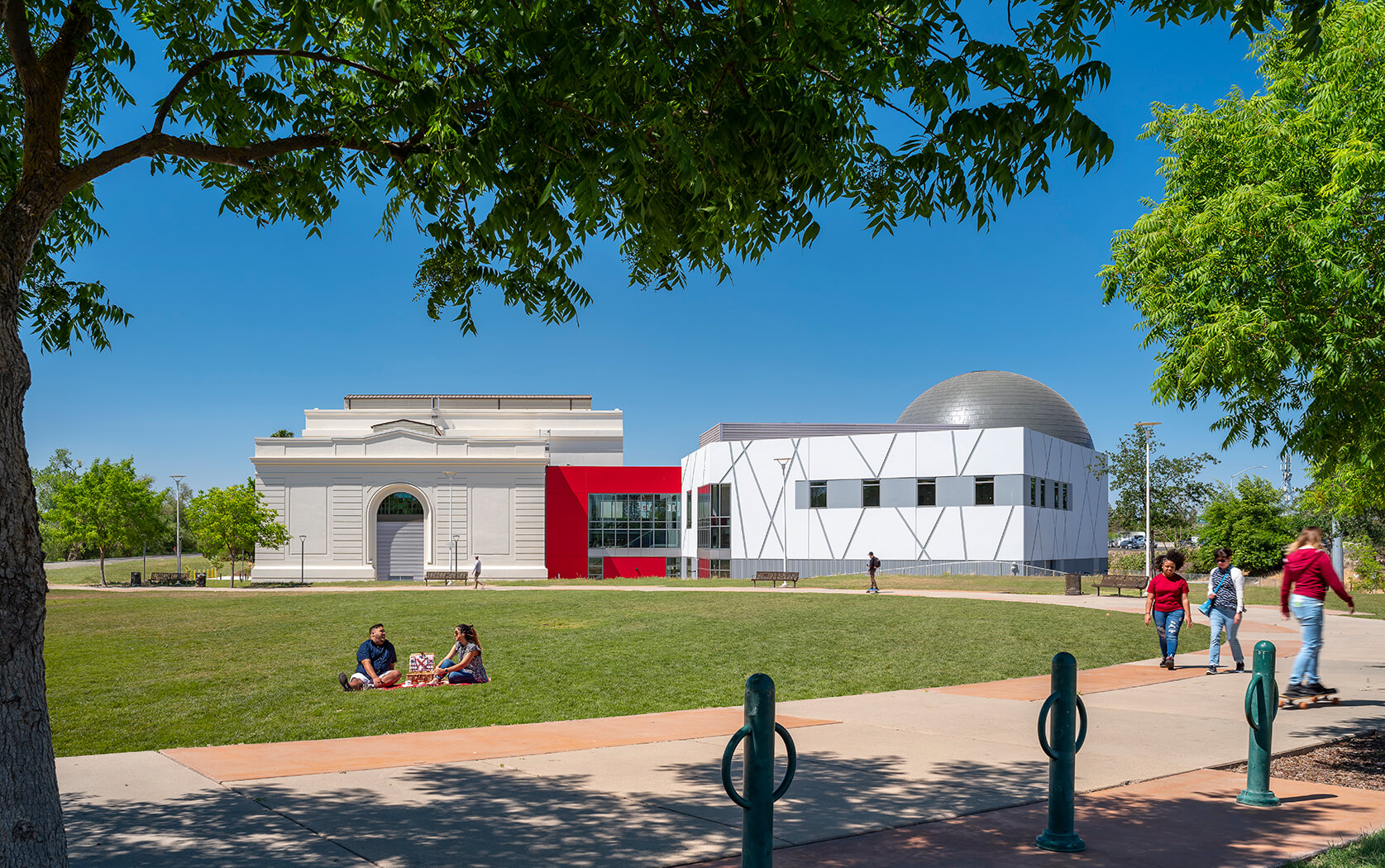
Dreyfuss + Blackford’s reimagined a decrepit power station along the Sacramento riverfront
Blending adaptive reuse with new construction, the more than 15-years-in-the-making transformation of Pacific Gas & Electric Company’s River Station B was led by local architecture and planning firm Dreyfuss + Blackford. For decades the structures sat as the city’s most conspicuous—and enigmatic—blighted building: a stately, William Polk–designed Beaux-Arts power station completed in 1912 as a shining exemplar of the City Beautiful movement.
However, those who now pass by the old River Station B have likely noticed a change. Preceded by a flurry of construction work that kicked off in 2018, the National Register of Historic Places–listed structure’s decades-spanning run as Sacramento’s most visible abandoned building finally came to an end late last year. The fences have come down and the graffiti has been scrubbed away in the long-awaited redevelopment of the five-and-a-half-acre site into the SMUD Museum of Science and Curiosity, or MOSAC.

Charles Moore Foundation acquired the landmark Burns House and its fabled organ
At the Burns House, a sprawling contemporary dwelling settled atop a hillside in Santa Monica Canyon, music and architecture intertwine. Designed by Charles Moore—the mastermind behind Sea Ranch, the innovative planned-community in Sonoma County—the residence was realized in 1973 for Leland Burns, an architecture aficionado and urban planning and housing economics professor at UCLA. Burns was looking for a house that followed traditional Californian design but that could also house a very particular element: a massive timber organ.
Burns died last year at age 87 in his Santa Monica home, and now the house keys of his Santa Monica residence have been passed over to the Charles Moore Foundation, an organization dedicated to preserving the postmodernist architect and educator’s work.
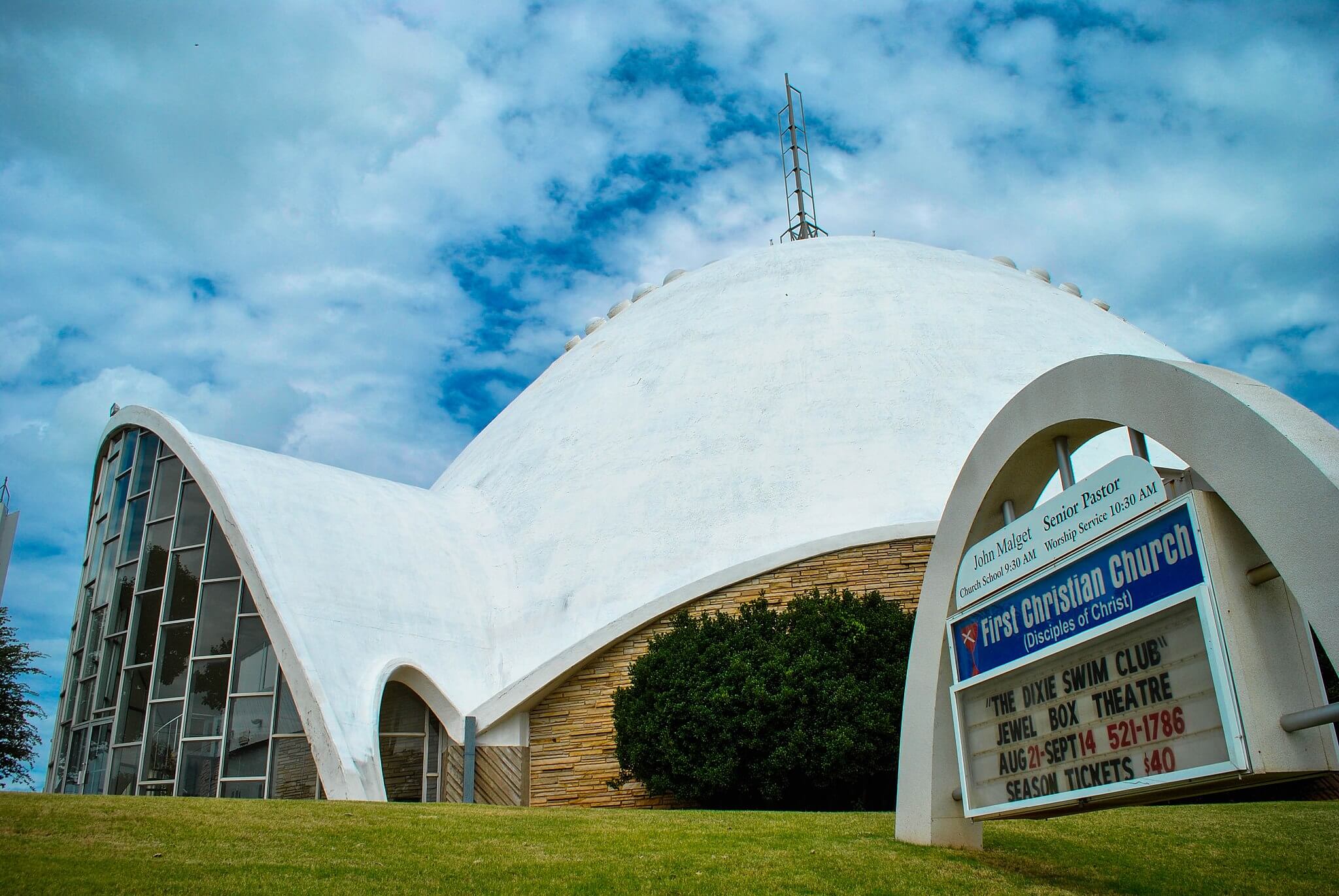
Oklahoma City’s egg-shaped First Christian Church was razed
In September Oklahoma City’s First Christian Church, a preeminent ovate landmark was demolished. The destruction of the National Register of Historic Places–listed structure follows a lengthy preservation battle that first kicked off in 2019 when a new, redevelopment-minded owner was reported to be in play to acquire the property after the church, its congregation numbers rapidly dwindling, had spent three years languishing on the market.
Despite its 2001 listing on the NRHP, First Christian Church was obviously not immune to destruction. Mid-century architecture-focused preservation Group Okie Mod Squad had rallied to have the church be granted with local landmark status, which would offer the building with at least some layers of protection. The nonprofit Preservation Oklahoma also included the imperiled church on its annual Oklahoma’s Most Endangered list in both 2017 and 2019 to raise awareness of its vulnerable status. With The Egg now flattened, it’s unclear of what will become of the property, although mixed-use redevelopment is likely.

